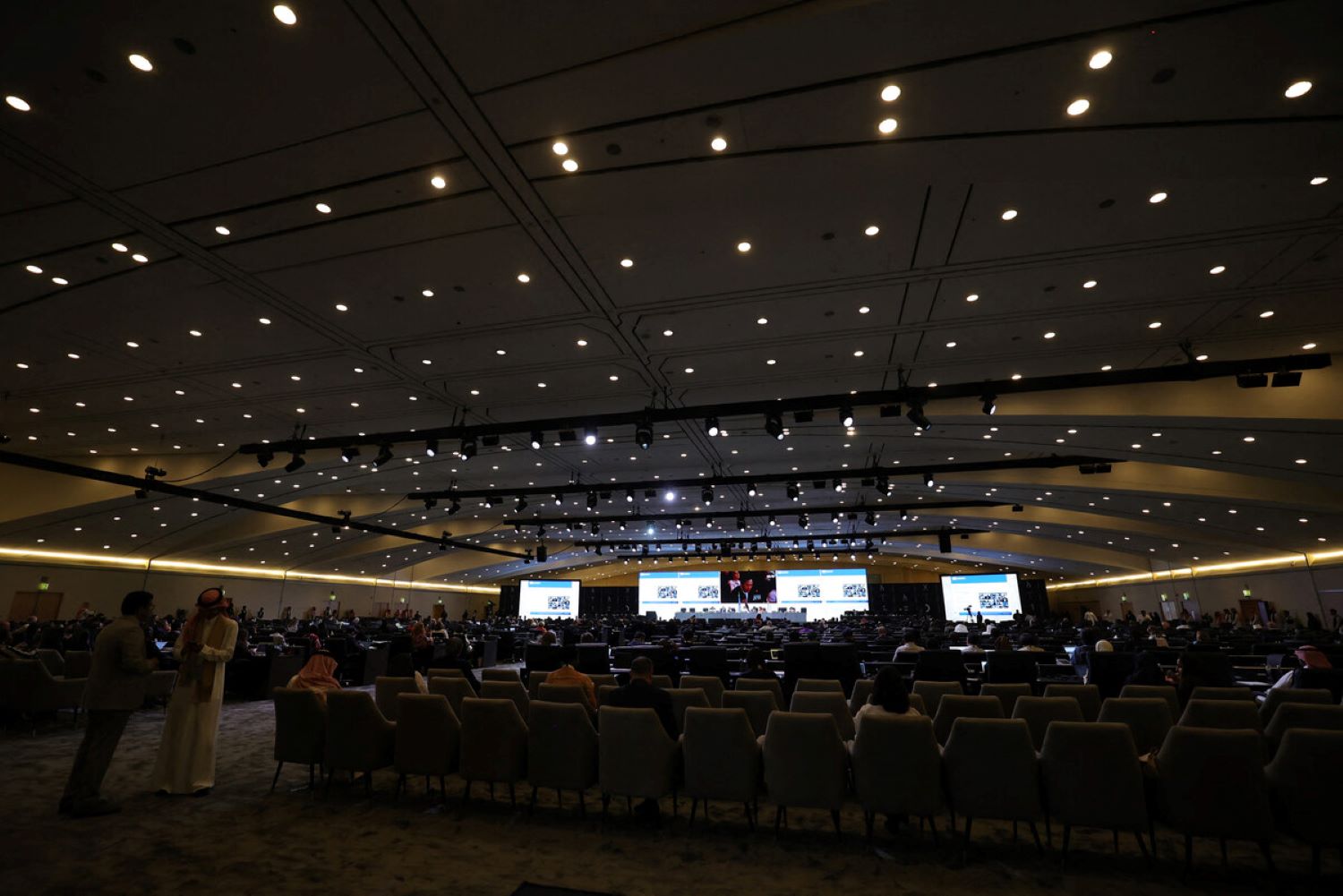JERICHO, PALESTINIAN TERRITORIES – The United Nations’ cultural organization inscribed the “pre-historic site of Tell al-Sultan” located near the occupied West Bank city of Jericho on its World Heritage List on Sunday, UNESCO said.
The decision, which was posted by the organization on X, formerly Twitter, was taken at UNESCO’s 45th world heritage committee meeting held in Riyadh.
“The property proposed for nomination is the prehistoric archaeological site of Tell al-Sultan, located outside the antique site of Jericho,” UNESCO’s assistant director general, Ernesto Ottone, said at a session held to inscribe the site.
“There are no Jewish or Christian remains at the site. It’s a place of pre-historic remains,” a UNESCO diplomat told AFP on condition of anonymity as he was not authorized to speak to the media.
The site was inscribed following a three-year candidacy “during which no state party raised any objections”, he said.
Israel quit the UN organization in 2019 over accusations it fosters an anti-Israel bias.
UNESCO’s listing shows that the Tell al-Sultan site is “an integral part of the diverse Palestinian heritage of exceptional human value”, Palestinian tourism minister Rula Maayah, who was attending the meeting in Riyadh, said in a statement.
Given Tell al-Sultan’s “importance as the oldest fortified city in the world… it deserves to be a World Heritage Site,” she said.
Tell al-Sultan, which predates Egypt’s pyramids, is an oval-shaped tell, or mound, located in the Jordan Valley that contains the prehistoric deposits of human activity.
“A permanent settlement had emerged here by the 9th to 8th millennium BC due to the fertile soil of the oasis and easy access to water,” UNESCO said on its website.
UNESCO said the “skulls and statues found on the site” testify to cultic practices among the neolithic population that lived there, while the early bronze age archaeological material shows signs of urban planning.
The Tell al-Sultan site has been under excavation for over a century and bills itself as the oldest continuously inhabited settlement on the planet, the official Palestinian news agency Wafa reported.
Tell al-Sultan is the fourth Palestinian site to be listed on UNESCO’s world heritage list, alongside the Church of the Nativity and the Old City of Hebron.

